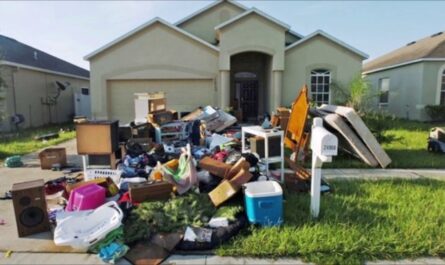Interesting news: Michigan is set to have a cooler and wetter spring than usual, according to the Farmers Almanac. If you plan on opening up your Michigan cottage or cabin this season, it’s essential to check it first for black mold. While black mold in Michigan isn’t any more harmful than exposure to any other mold, it still can potentially cause health issues and property damage.
Fortunately, suppose you’ve found black mold in your property. In that case, you can take several simple steps to eradicate it and eliminate the moisture source to ensure your cabin or cottage is ready to welcome guests this summer.
How to Identify Black Mold vs. Mildew
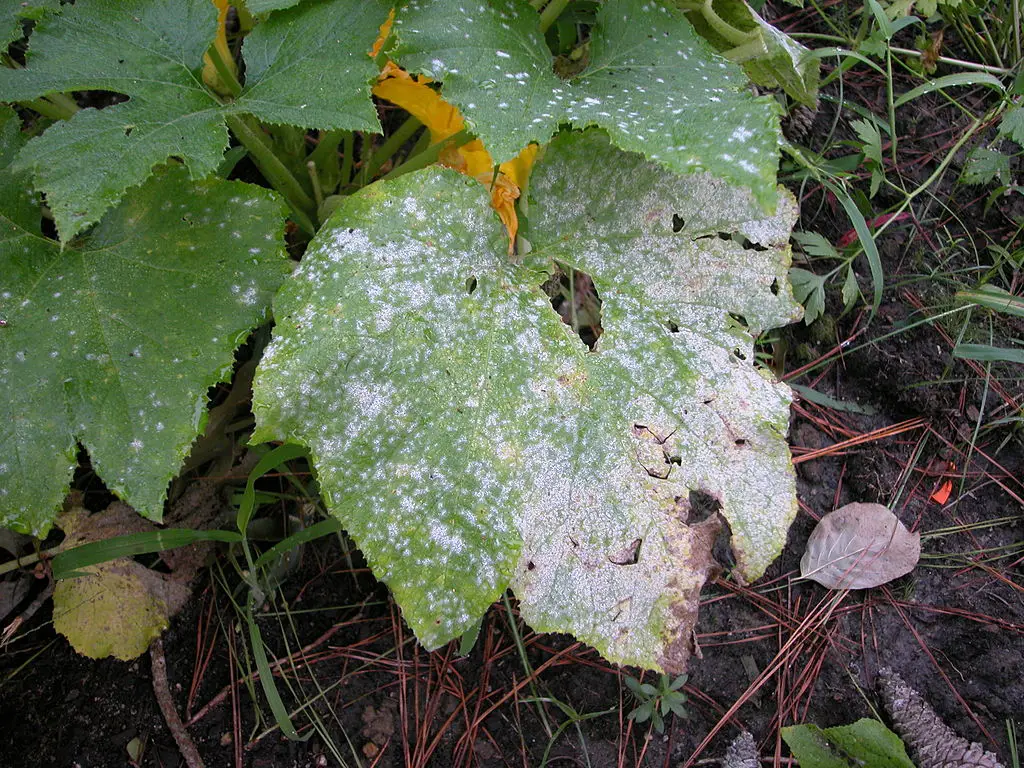
Distinguishing between black mold and mildew is crucial for proper treatment. Black mold typically appears as dark green or black spots, often with a slimy texture. It can grow on various surfaces, including walls, ceilings, and floors. On the other hand, mildew usually presents as a powdery, gray, or white substance found on damp surfaces, such as bathroom tiles or window sills. To identify the issue correctly, examine the growth’s color, texture, and location, which will guide you toward the appropriate removal method.
How To Get Rid of Black Mold – DIY or Call a Pro?
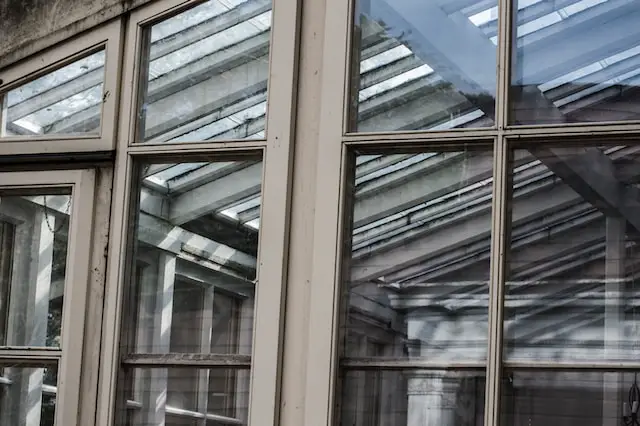
Although you can get rid of black mold yourself, you may want to call in a professional remediation company to take care of it for you – mainly if your mold problem is severe. According to the CDC, professionals should handle mold spanning more than ten square feet. Similarly, a specialist should handle the job if you have serious water damage (a prime cause of mold). Additionally, professional remediators can also test for mold. For example, a test may be needed if you can smell mold but cannot see it.
Deal with Water Damage
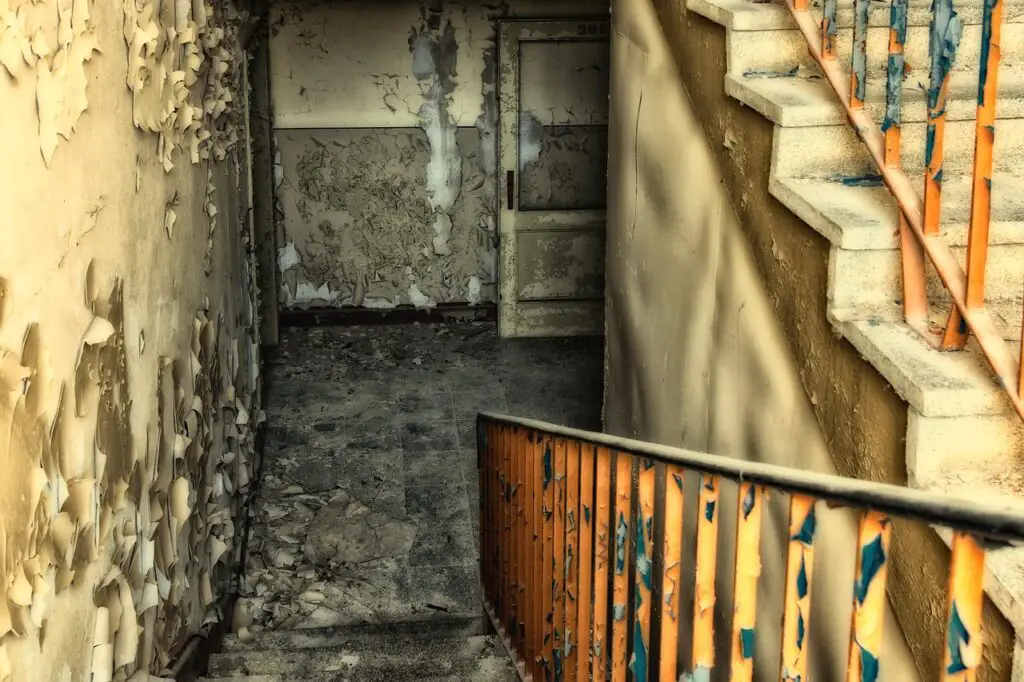
Dealing with water damage is essential to eliminate black mold and prevent further growth. So, first, work to identify the source of the damage – for example, check for cracks or leaks around your property and fix them. You’ll then need to remove the excess water. Using simple plastic buckets is a cheap yet fairly labor-intensive method. Alternatively, you can purchase or rent a wet-dry vacuum capable of pumping around ten gallons of water from your property per minute. Next, you’ll need to remove any water-damaged flooring.
Although wet carpet is particularly mold-prone, you must also be careful with floors with grooves, which can trap moisture and lead to mold growth. If, on the other hand, the water damage is minimal, you can leave your flooring to air dry.
DIY Black Mold Removal
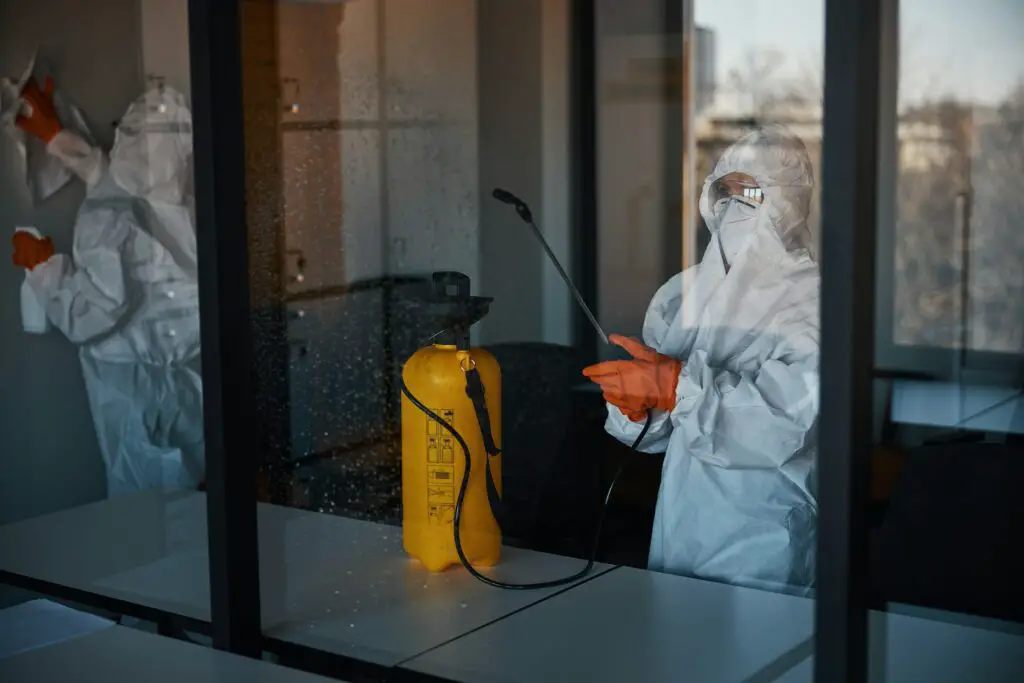
Once you’re ready to remove the black mold, start by donning gloves, goggles, a painter’s mask, and long sleeves and opening all the doors and windows. Protective gear and ventilation are key to staying safe during mold removal. Regarding the most effective black mold remover, you may be surprised to learn that distilled white vinegar is better than bleach.
Although bleach can quickly eliminate surface mold, it’ll soon return if you don’t address the source of the problem. Conversely, white vinegar contains acetic acid with a pH of around 2.5, which is more disruptive and deadly to black mold growth. White vinegar also has the benefit of being non-toxic. Due to its acid content, vinegar isn’t suitable for use on surfaces like carpets, wood, and natural stone.
To remove your black mold, fill a spray bottle with distilled white vinegar and spray liberally onto the affected surfaces (most porous and nonporous surfaces are typically suitable for white vinegar use). You’ll then need to give the vinegar time to work its magic – at least an hour or so. Then, rinse the area well with cleaning water before leaving it time to dry. If any stains or discoloration remain, you can remove them with a household cleaner.
Throw Out Moldy Objects and Materials
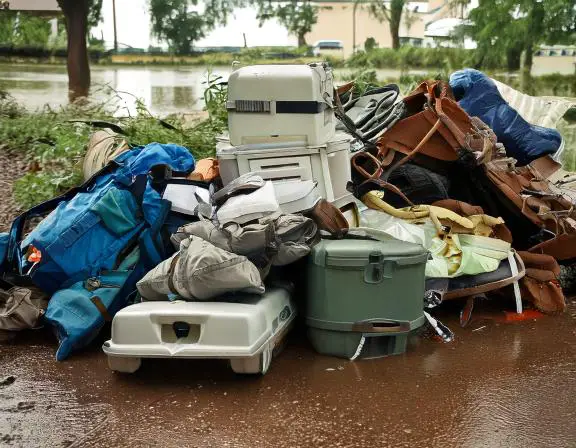
If any porous or absorbent objects and materials within your property are now moldy, you’ll need to throw them out. This includes clothing, upholstery, mattresses, carpets, ceiling tiles, and insulation – if any of these are moldy, restoring them is likely impossible. Fortunately, non-porous objects and materials such as, appliances, countertops, metal, and decking can be cleaned safely with vinegar.
If you’re unsure how to clean something, contacting a specialist for the right advice is always best. In fact, it’s also wise to regularly throw out and replace objects prone to mold from now on. Sponges, dishtowels, shower poufs or loofahs, and wooden cutting boards, for example, are familiar harbingers of unwanted mold. By regularly disposing of these items at the end of every season, you can better ensure your cabin or cottage stays mold-free.
Using An Ozone Generator To Kill Black Mold
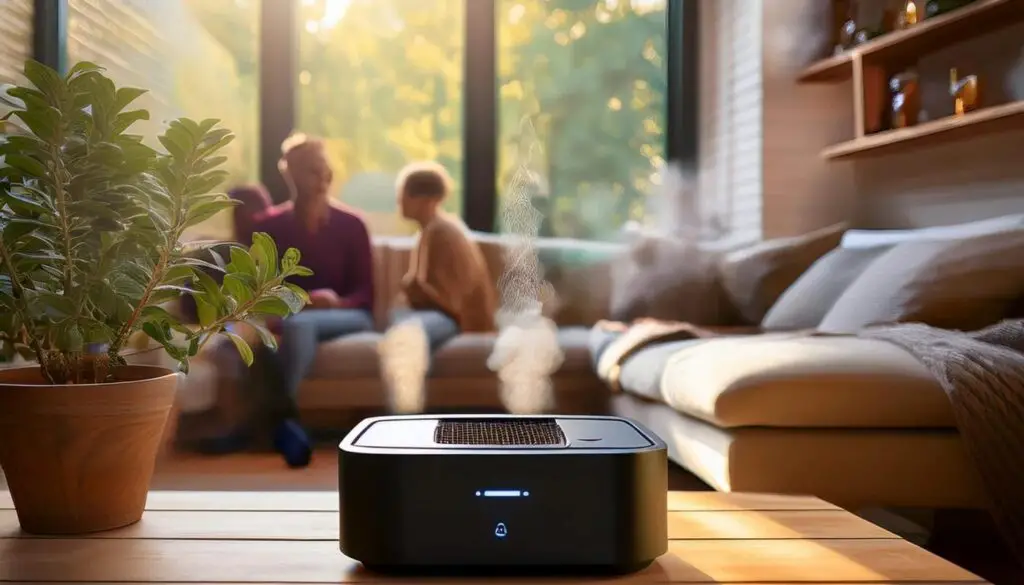
An ozone generator is a device that produces ozone gas, which can be effective in killing black mold. When the ozone comes into contact with mold spores, it oxidizes and destroys them. To use an ozone generator, first vacate the area, as high ozone concentrations can harm humans and pets. Then, set up the generator in the affected room, turn it on, and let it run for several hours or as the manufacturer directs.
After the treatment, open windows and doors to ventilate the space and allow the ozone to dissipate. While ozone generators can help kill mold, addressing the underlying moisture problem is essential to prevent regrowth.
Control Humidity Levels
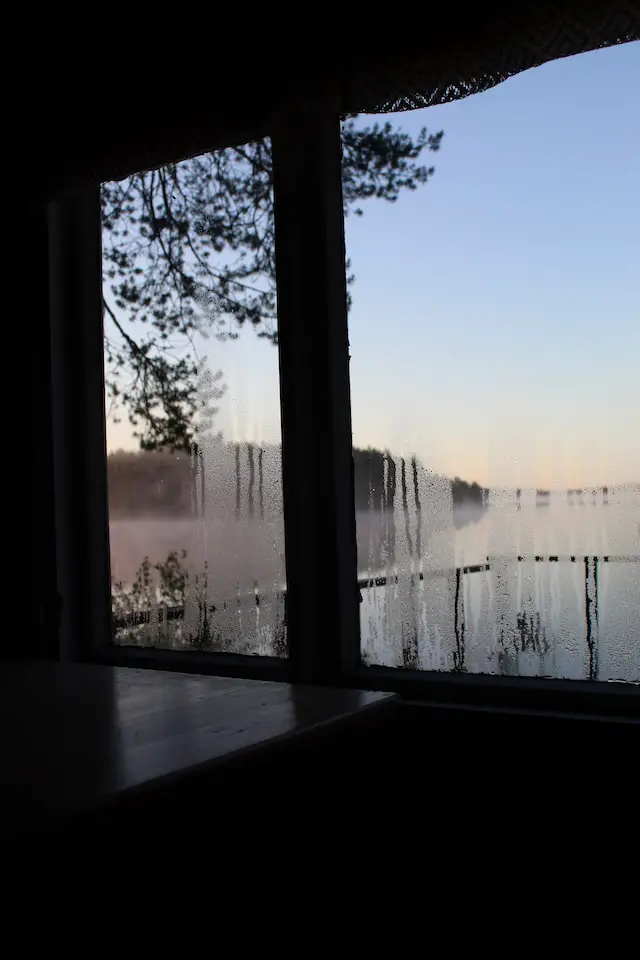
Mold thrives in humid environments, something which Michigan is no stranger to. So, it’s helpful to monitor the humidity levels in your cabin or cottage to deter mold before it grows. If your humidity levels rise above 60% to 65%, it’s a surefire sign that mold will appear soon – potentially even within 24 hours. Ideally, indoor humidity levels should be around 30%-50% to prevent mold growth.
A dehumidifier is, therefore, a wise investment, particularly if you often notice higher humidity levels around your property. Dehumidifiers dry out the air by condensing and removing moisture. The excess moisture is either collected in a tank you must empty by hand or directed outdoors via a hose. A particularly efficient model can remove as much as 50 pints of moisture daily.
Divert Water Away From Your Property
Diverting water away from your property can also be crucial to keeping it free from moisture and black mold. And, if your cottage or cabin regularly gets heavy rainfall or flooding, this is all the more critical. So, for example, you may want to invest in French drains or an in-ground system to channel water away from your property effectively. It’s also essential to keep your rain gutters in good working order – they should be regularly inspected and cleaned at least twice annually to ensure water is continually directed elsewhere.
Final Thoughts About Black Mold
Discovering black mold before opening up your cottage or cabin this season is the last thing you want. Fortunately, removing any mold and eliminating the moisture source can effectively restore your property and keep unwanted mold away for good.

